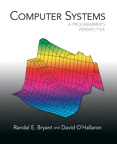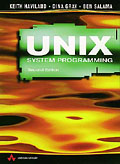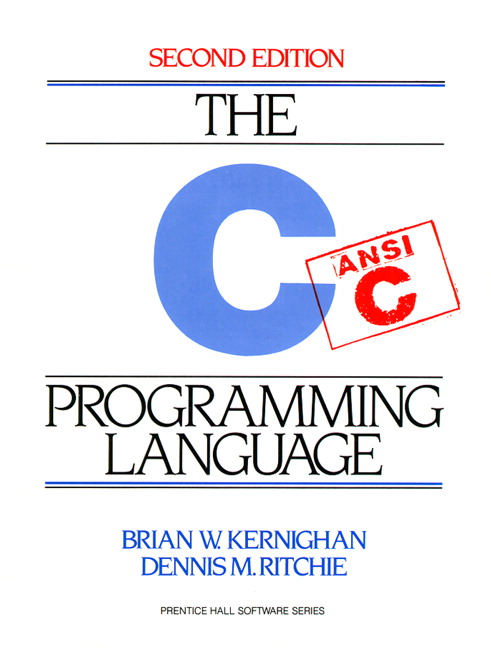Introduction
to Computer Systems
Documents and Readings
Table of contents
Textbooks
Texts:
 |
Computer Systems: A Programmer's
Perspective, Bryant, Randall E. and O'Hallaron,
David R., Prentice Hall, 2003. ISBN:
0-13-034074-X
|
References:
 |
Haviland, Gray & Salama, UNIX System Programming, Second Edition, Addison-Wesley, 1999. ISBN: 0-201-87758-9 |
 |
Brian Kernighan and Dennis
Ritchie, The C Programming Language,
Second Edition, Prentice Hall, 1988, ISBN: 0-13-110362-8 |
- The following book may also be useful in doing your programming exercises:
- Stevens, R., Advanced Programming in the UNIX Environment, Prentice-Hall
- N. Matloff's guide to C and Unix (search for: Topics in elementary C Programming) This reference also has quick guides to the editors: vi and emacs.
- How to ... in your Unix account
- CS:APP Unix FAQ
- very good summary on how to do things.
- Unix Programming Tools A 16 page introduction to the most common Unix tools and their usage in the compile-link-debug process. Introduces gcc, make, gdb, emacs, and the shell. There should be enough information here to allow someone with a little Unix experience to build and debug. [Compliments of Stanford University].
- Separate compilation and typical compilation errors
- C Programming Tutorial
- How to use FTP - how to send a file from your PC to hawk
- Learning the UNIX Operating
System
Supplemental Readings (keyed to lectures):
Computer Architecture
- Instruction Set Architecture (ISA)
- The Free Lunch Is Over: A Fundamental Turn Toward Concurrency in Software - describes the changing face of hardware, why it suddenly does matter to software, and how specifically it matters to you and is going to change the way you will likely be writing software in the future.
C Programming Language
- C Programming Tips: Bits - Overview, Uses, Binary and Hexadecimal Numbers: Uses of Bits - Device Drivers, Data Compression, Images
- Bit Twiddling Hacks - Use of C to manipulate data; e.g. how to determine the sign of a number, counting bits,
- C Standard Library - the standard pieces of the C runtime libary
- The C Library Reference Guide
Data Representation
- The Binary Number System
- Computer Number Systems
- Number Systems - Self paced course with lots of examples. Very good. Discussion of number representation and arithmetic in number systems other than the decimal number system, with a focus on binary numbers and binary arithmetic.